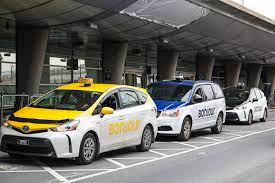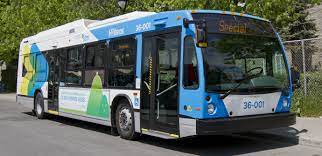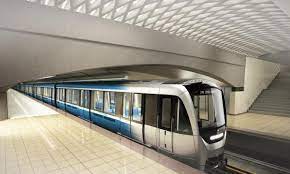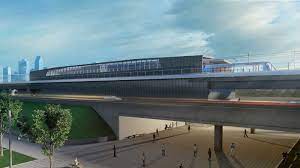Transportation
Here is a list of ideal/best practices in developing a complete transportation system:
- Walking:
- Provide well-maintained and safe sidewalks and pedestrian walkways.
- Incorporate pedestrian-friendly design elements such as crosswalks, pedestrian signals, and lighting.
- Encourage walkability by creating walkable neighborhoods and promoting walking as a means of transportation.
- Offer wayfinding and signage to make it easy for people to find their destinations on foot.
- Cycling:
- Develop dedicated bike lanes and paths separate from vehicle traffic.
- Offer secure bike parking and bike-sharing programs.
- Promote cycling as a viable mode of transportation through education and awareness campaigns.
- Incorporate bike-friendly infrastructure, such as bike racks, repair stations, and showers.
- Taxis:
- Regulate taxi services to ensure safe and reliable service for passengers.
- Encourage the use of environmentally friendly vehicles, such as hybrid or electric taxis.
- Implement technology solutions to improve efficiency, such as GPS and dispatch systems.
- Offer accessible taxi options for individuals with disabilities.
- Buses:
- Invest in modern, efficient, and environmentally friendly bus fleets.
- Provide convenient bus stop locations and real-time information on bus arrival times.
- Implement bus rapid transit (BRT) systems to improve speed and reliability.
- Offer free or low-cost transfers between different modes of transportation, including buses, metros, and trains.
- Metros:
- Develop a comprehensive metro network to provide fast and reliable transportation options.
- Offer convenient access to metro stations, including bike- and pedestrian-friendly approaches.
- Incorporate modern technology to improve efficiency, such as automated fare collection and real-time information.
- Offer accessible options for individuals with disabilities.
- Trains:
- Develop a high-speed rail network to provide fast and efficient transportation options.
- Invest in modern and environmentally friendly trains.
- Offer convenient access to train stations, including bike- and pedestrian-friendly approaches.
- Incorporate modern technology to improve efficiency, such as automated fare collection and real-time information.
- Autonomous Electric Vehicles:
- Encourage the use of electric vehicles by offering incentives such as tax credits and charging infrastructure.
- Plan for the integration of autonomous electric vehicles into the transportation system, including dedicated lanes, charging stations, and data management systems.
- Promote the use of shared autonomous electric vehicles, such as ride-hailing or car-sharing services, to reduce the number of individually owned vehicles on the road.
- Collaborate with technology companies and automobile manufacturers to ensure that autonomous electric vehicles are developed and deployed safely and responsibly.
.

.

.

.

.

.
